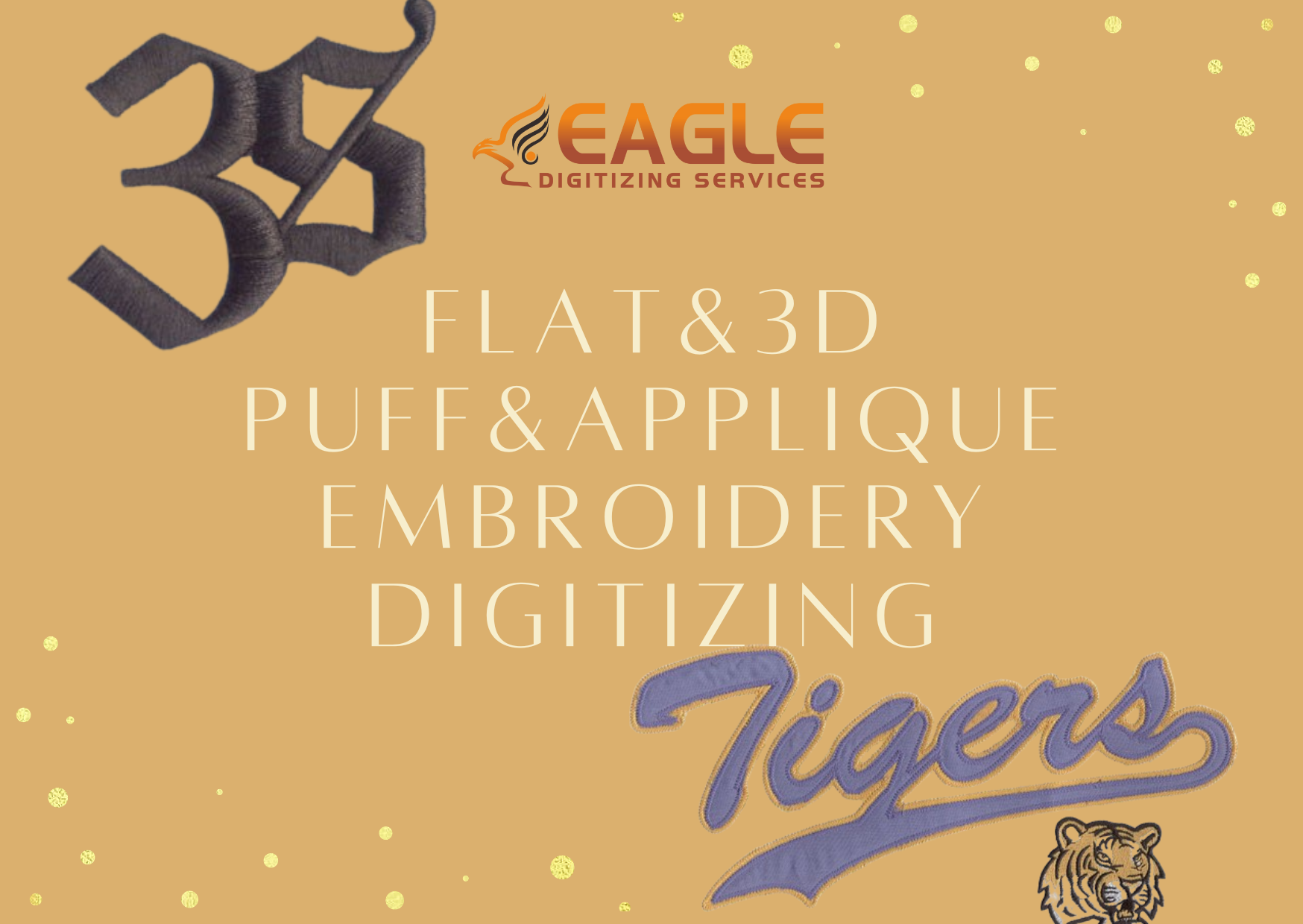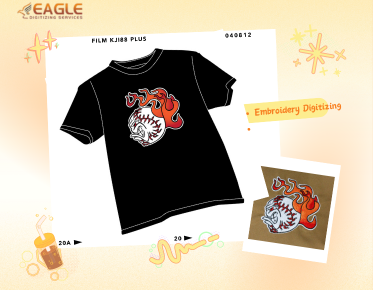Alternative to Screen Printing
Screen printing is a popular method used in the creation of custom designs on various materials, including fabrics, plastics, and paper. However, as technology continues to evolve, there are several alternatives that offer distinct advantages over traditional screen printing. In this exploration, we will delve into some of these alternatives, discussing their benefits and potential applications.
Digital Printing: The New Age Solution
One of the most significant alternatives to screen printing is digital printing. Unlike traditional methods, digital printing does not require the creation of screens or stencils. Instead, it involves printing designs directly onto the substrate using inkjet or laser printers. This method is not only faster and more flexible, making it ideal for small-run orders, but also allows for high-resolution images and a broad gamut of colors.
Heat Transfer Printing
Another popular alternative is heat transfer printing, which utilizes a special transfer paper. The design is initially printed on the transfer paper and then transferred to the substrate using heat. This method is particularly suitable for printing on textiles and offers the benefit of being able to produce complex, colorful designs with ease. Moreover, it's ideal for custom t-shirt printing and other fabric applications.
Sublimation Printing: Vibrant and Durable
Sublimation printing stands out as an excellent alternative for creating high-quality, vibrant prints on polyester and polymer-coated substrates. The process involves the transformation of sublimation dyes from solid to gas under heat, allowing them to permeate the substrate fibers. Sublimation printing is known for its durability, as the inks become a part of the fabric and thus resist fading and cracking.
Flexography for Large Prints
Flexography is often used in packaging industries and is distinguished by its capability to print on materials such as plastics and metal films. This method involves using flexible relief plates to move ink onto the chosen material. Flexography is highly efficient for large volume runs, making it a practical alternative to screen printing for businesses handling extensive packaging needs.
Focus on Vector Art
The realm of alternative printing methods is greatly enhanced by the use of vector art. Vector images, unlike raster graphics, are composed of paths and can be scaled without losing quality. This quality is crucial when converting designs for different printing methods, as it ensures clarity and precision in the final product. Eagle Digitizing specializes in vector art conversion services, which are crucial for achieving perfect results in modern printing applications.
The Role of Vector Conversion Services
Using vector conversion services offers numerous advantages, particularly when transitioning from screen printing to digital or heat press methods. Services like Eagle Digitizing provide high-quality vector files that preserve image integrity across various printing platforms. This versatility is beneficial for businesses looking to diversify their product offerings or improve the flexibility of their production processes.
Embroidery Digitizing and More
Beyond these printing alternatives, embroidery digitizing is another artistic avenue that transforms digital images into stitch files for embroidery machines. Eagle Digitizing delivers meticulous digitizing services that leverage state-of-the-art technology to offer sublime embroidered products. While embroidery differs from printing, it stands as a robust method for adding character and distinction to fashion and promotional items.
Exploring Future Trends
As technology advances, printing alternatives to screen printing shall continue to evolve, offering more environmentally friendly solutions, faster processing times, and higher color accuracy. With innovations like 3D printing beginning to enter the textile and fashion sectors, the future holds vast potential for further integration and improvement in design customization and production efficiency.
The world of print technology and vector conversion services is vast and offers many exciting possibilities for businesses and creators alike. Understanding these alternatives and effectively leveraging them can significantly enhance output quality and encourage creative flexibility.
.png)


